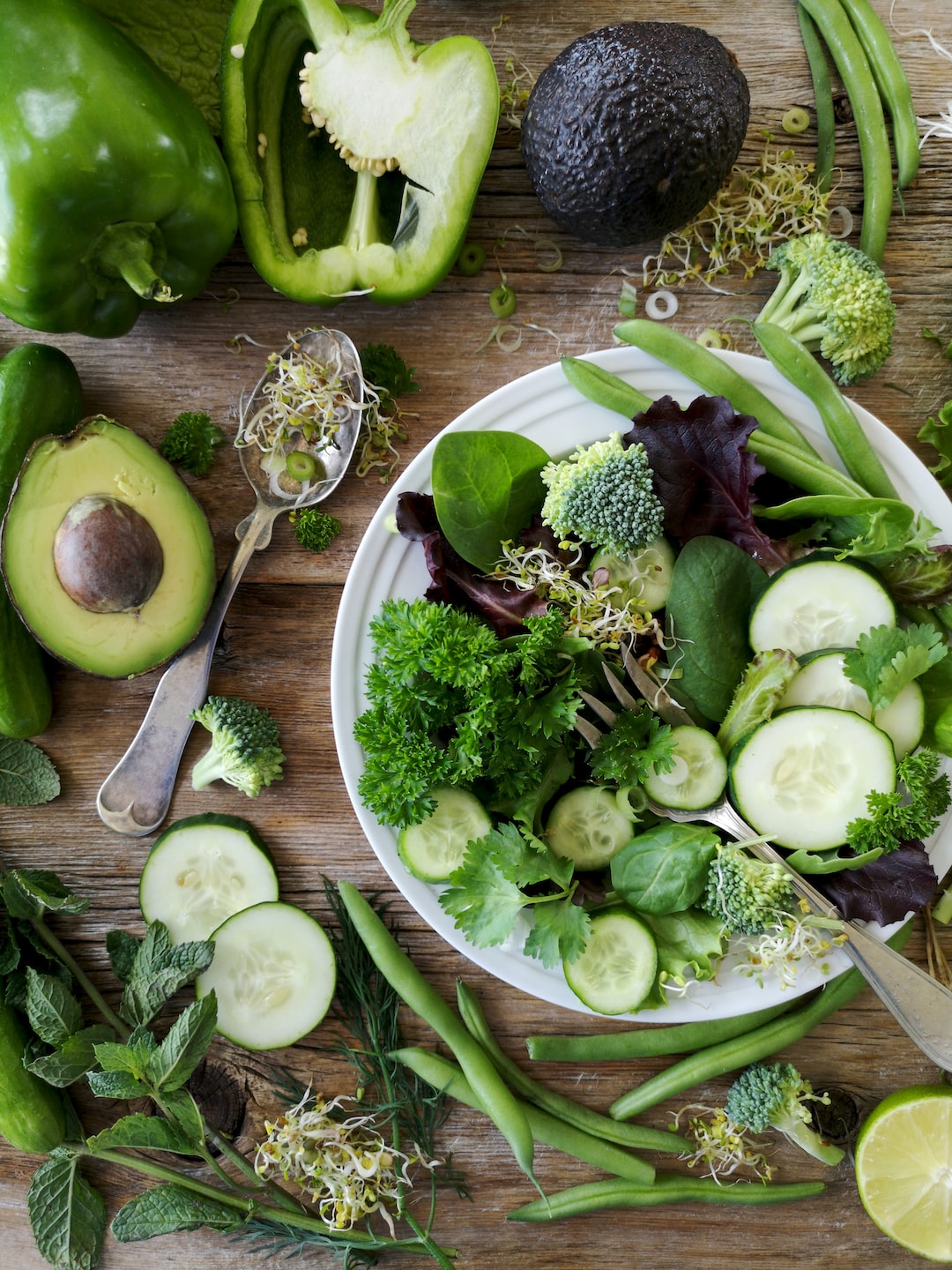The Science Behind Cooking: Understanding the Chemical Reactions in Your Kitchen
Cooking is often seen as an art form, with chefs creating masterpieces in the form of delicious dishes. However, behind every culinary masterpiece lies the science of cooking. Understanding the chemical reactions that occur in your kitchen can help you become a better cook and elevate your dishes to a whole new level. In this blog post, we will explore the fascinating science behind cooking and how it affects the taste, texture, and appearance of your favorite meals.
One of the most fundamental chemical reactions in cooking is the Maillard reaction. This reaction occurs when proteins and sugars are heated together, resulting in the browning and aroma of food. It is responsible for the golden-brown crust on a delicious steak or the caramelization of onions. The Maillard reaction not only adds flavor and texture but also creates complex chemical compounds that give depth to your dishes. By understanding how temperature and time affect the Maillard reaction, you can control the level of browning and create a perfect balance of flavors.
Another essential chemical reaction in cooking is the process of fermentation. Fermentation is a metabolic process wherein microorganisms, such as yeast or bacteria, convert carbohydrates into alcohol or organic acids. This process is what gives rise to bread, beer, wine, and other fermented foods. By manipulating factors like temperature, pH, and fermentation time, you can control the flavors and texture of your fermented products. For example, a slower fermentation process can result in a more complex and tangy flavor, while a faster one can yield a milder taste.
Emulsification is yet another important chemical reaction in the kitchen. Emulsions are mixtures of two immiscible liquids, such as oil and water, and are found in products like mayonnaise, salad dressings, and vinaigrettes. The key to a stable emulsion is the addition of an emulsifier, which helps to bond the oil and water molecules together. Understanding the science behind emulsification allows you to create creamy and smooth sauces and dressings that do not separate. For instance, by slowly adding oil to an egg yolk while whisking vigorously, you can create a stable emulsion that forms the base of a classic mayonnaise.
When it comes to baking, the role of chemical reactions becomes even more evident. One of the most crucial reactions in baking is the formation of carbon dioxide gas, which provides the leavening or rising effect in baked goods. This reaction occurs when a leavening agent, such as baking powder or yeast, is combined with an acidic ingredient like buttermilk or lemon juice. The release of carbon dioxide gas creates air pockets in the dough or batter, causing it to rise. Understanding the chemical reactions in baking allows you to adjust the proportions of ingredients and create light and fluffy cakes, bread, and pastries.
Acidity plays a significant role in cooking and can greatly affect the taste and texture of your food. Acids, such as vinegar, lemon juice, or tomatoes, can tenderize meat, prevent browning in fruits, and enhance the flavors of certain ingredients. By understanding the pH level and acidity of different foods, you can create balanced and harmonious flavors in your dishes.
In conclusion, cooking is not only an art but also a science. Understanding the chemical reactions that occur in your kitchen can help you become a more skilled cook and create dishes that are not only aesthetically pleasing but also bursting with flavor. Whether it’s the Maillard reaction, fermentation, emulsification, or the formation of carbon dioxide gas, each chemical reaction contributes to the taste, texture, and appearance of our favorite meals. So, the next time you step into your kitchen, remember that you are not just cooking; you are conducting a scientific experiment.

